Everything you need to know about specifications and performance - Toyota Yaris 2017 - 1.5 VVT-i (100 Hp) Hybrid e-CVT
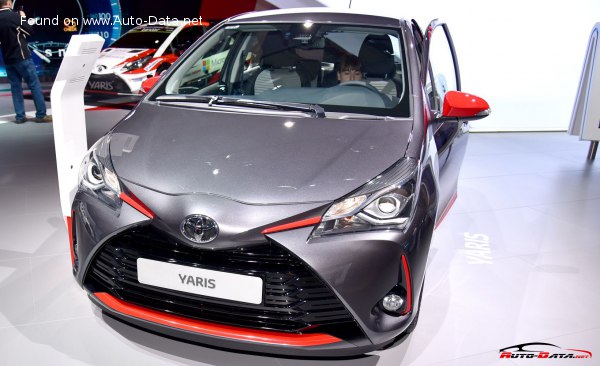
Overview:
What is the engine capacity of a Toyota Yaris 2017?
The engine capacity of the Toyota Yaris 2017 is 1497 cm.
Toyota Yaris 2017 How many horsepower?
The engine power of the Toyota Yaris 2017 is 75 Hp.
What is the Toyota Yaris 2017 engine?
Toyota Yaris 2017 engine is 1NZ-FXE. (Click to see other cars using the same engine)
How powerful is the electrical system in the Toyota Yaris 2017?
The power of the electrical system in the Toyota Yaris 2017 is 100 Hp hp.
How much gasoline does a Toyota Yaris 2017 consume?
The Toyota Yaris 2017 consumes 3.3-3.6 liters of gasoline per 100 km
General:
Engine:
Performance:
Electric system:
Space:
dimensions:
Powertrain, Suspension and Brakes:
See also
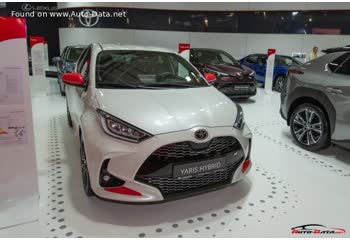
Last generation.
Its production began in 2020 until 2024
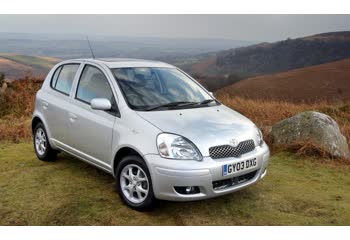
Other generation.
Its production began in 2003 until 2005
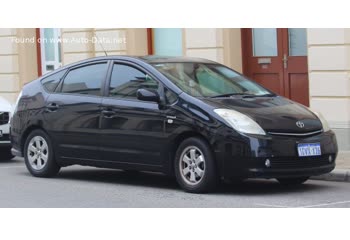
Same engine. (1NZ-FXE).
Its production began in 2003 until 2009
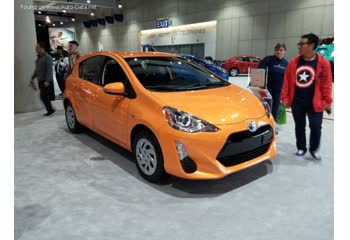
Same engine. (1NZ-FXE).
Its production began in 2017 until 2019
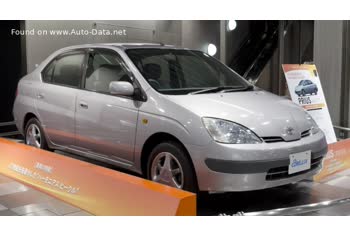
Same engine. (1NZ-FXE).
Its production began in 1997 until 2001
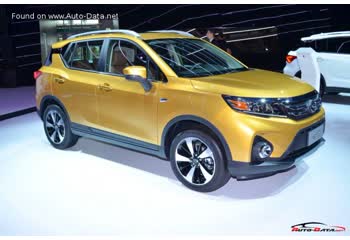
Same production year and almost the same engine capacity.
Its production began in 2017 until Now
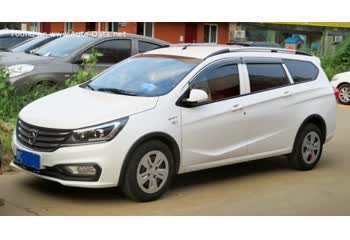
Same production year and almost the same engine capacity.
Its production began in 2017 until 2019
Write a comment